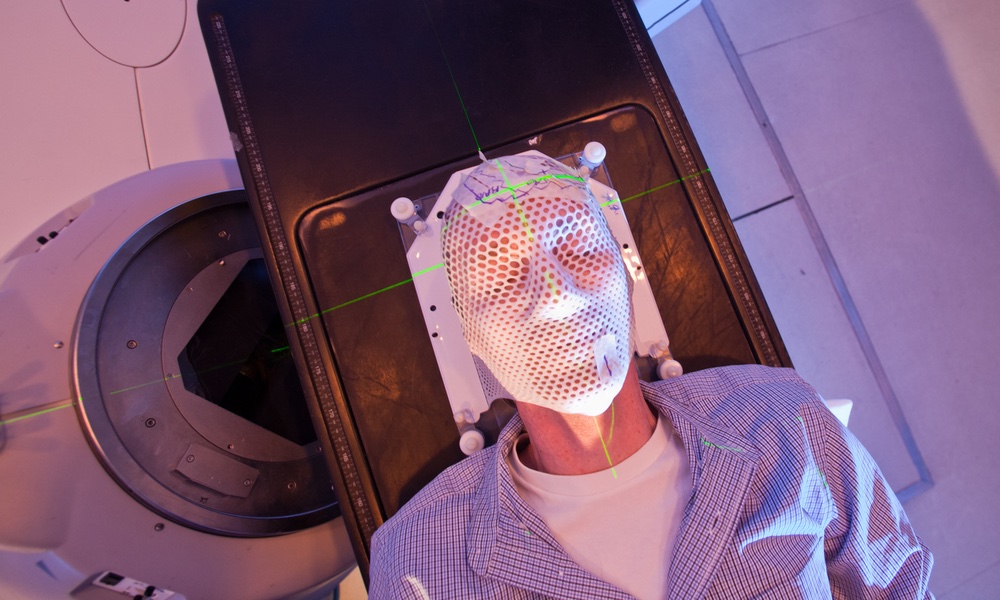A data analysis led by researchers at the American Cancer Society found that 40 percent of cancers in adults 30 years old and older could be caused by modifiable risk factors. The analysis also reported that more than 50 percent of cancer-related deaths were caused by modifiable risk factors.
These large numbers of preventable cancers and cancer deaths highlight a continuing need for accessible preventive health care to reduce cancer burden in the U.S., the researchers said. Ongoing efforts to raise awareness about the importance of cancer prevention are also necessary.
For example, vaccines are available for hepatitis B, which causes liver cancer, and human papilloma virus, which can cause several cancers, Ahmedin Jemal, senior author of the study, said in a statement. Vaccination against these viruses can significantly reduce the risk of chronic infection and, consequently, cancer risk.Even stopping smoking at about age 60 reduces one's cancer risk by about half
Data about the number of cancer cases and cancer-related deaths in 2019 came from national sources. Estimates of the proportion of cancer cases and deaths that year attributed to modifiable risk factors were obtained from nationwide surveys. Large-scale analyses were used to compute the risk of 30 different cancers associated with these risk factors.
Cigarette smoking contributed to more than 19 percent of cancer cases and more than 28 percent of related deaths, making smoking the biggest risk factor overall for cancer morbidity and mortality. The second-biggest risk factor was excess body weight, which contributed to 7.6 percent of cancer cases and 7.3 percent of related deaths. Alcohol consumption was third, contributing to 5.4 percent of cancer cases and 4.1 percent of deaths.
Modifiable, lifestyle-based risk factors were responsible for more than half the cases of and deaths from 19 of the cancers evaluated for this study. Lung cancer had the highest number of cases (201,660) and deaths (122,740) attributed to risk factors.
Modifiable risk factors were also behind nearly 84,000 cases of female breast cancer, almost 83,000 cases of melanoma and 78,440 cases of colorectal cancer.
More research is needed to look at exactly how reducing or eliminating risk factor exposure affects cancer risk; but, as Farhad Islami, lead author on the study, told TheDoctor, there is already a great deal of evidence from previous studies showing that reducing exposure to some risk factors significantly reduces cancer risk.
Quitting smoking, for example, can significantly reduce the risk of lung and oral cancer — especially if it is done at a young age. “Even stopping smoking at about age 60 reduces one's cancer risk by about half. “So quitting smoking at any age can be significantly beneficial,” said Islami, senior scientific director of cancer disparity research at the American Cancer Society.
A few environmental risk factors for cancer, such as air pollution, were not included in the current analysis, and the researchers hope to estimate the risk of cancer morbidity and mortality attributable to environmental risk factors and other factors not included in the current paper in future studies.
Cancer risk is not set in stone. Changes in morbidity and mortality rates, variations in risk factor prevalence, the availability of new information about risk factors and the strength of association of these risk factors with morbidity and mortality collectively affect estimates of cancer burden, Islami explained. For this reason, the researchers plan to update their estimates of cancer-related morbidity and mortality regularly.





